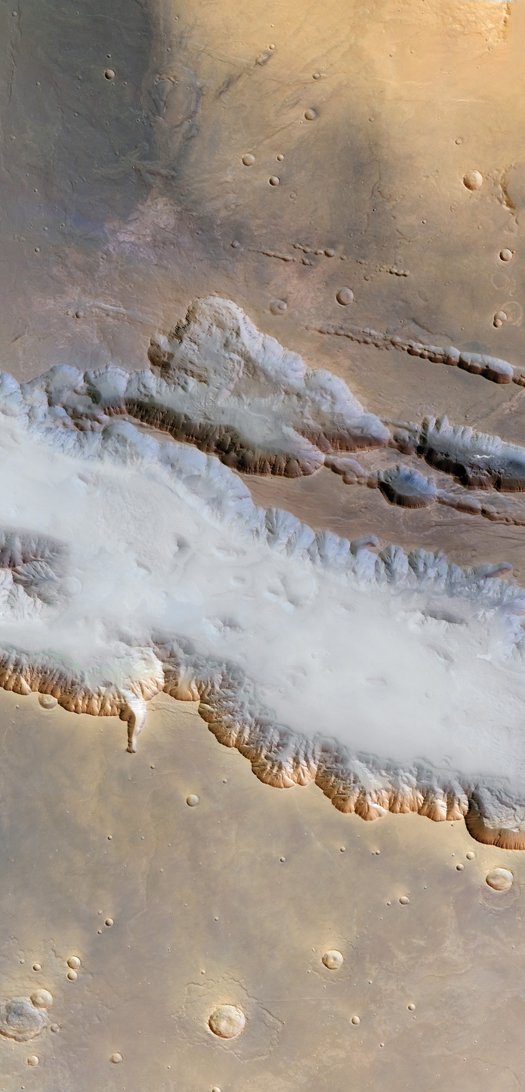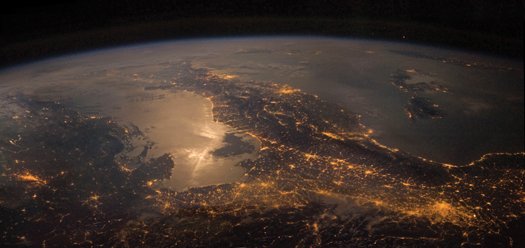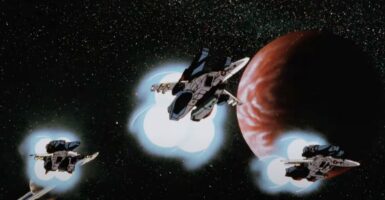Our Solar System’s Beauty Is In Full Display In Images From Artist Michael Benson
This article is more than 2 years old
 Space is gorgeous. I think we can all agree on that, can’t we? One of the perks of this job is that you’re continually exposed to wonderful new images from mankind’s continued exploration of our solar system, our galaxy, our universe. Sure, we may not have the Mars bases and orbital colonies and vacation trips to Saturn that science fiction got our hopes up for, but our ability to see more, to see deeper, to see better when viewing the cosmos just keeps increasing, and along with that advance comes images such as the ones featured in this post.
Space is gorgeous. I think we can all agree on that, can’t we? One of the perks of this job is that you’re continually exposed to wonderful new images from mankind’s continued exploration of our solar system, our galaxy, our universe. Sure, we may not have the Mars bases and orbital colonies and vacation trips to Saturn that science fiction got our hopes up for, but our ability to see more, to see deeper, to see better when viewing the cosmos just keeps increasing, and along with that advance comes images such as the ones featured in this post.
All of these amazing pictures were created by artist Michael Benson, and are featured in his book Planetfall: New Solar System Visions. Culling from the countless shots taken by astronauts or gathered by the unmanned spacecraft that are exploring the solar system in our stead, Benson combined images into mosaics, often adding color to black-and-white raw imagery so as to better simulate what these space vistas would look like if seen in person. The results, I think you’ll agree, are jaw-dropping.
The image up top was taken by the Cassini spacecraft in January 2001. It was just passing by on its way to Saturn, but even if it had been KO’ed by an asteroid after taking that picture of Jupiter, I’d consider that mission accomplished. You can see the Jovian moon of Io near Jupiter’s edge on the right. For an example of how painstaking Benson’s process is, Popular Science notes that this image was created from 27 frames, merged into nine composites, then stitched together into the final product.
This next one used footage taken by ISS Expedition 30 astronauts in December 2011. It shows the band of the Milky Way above the horizon of the Earth. You can also make out the faint streak of a comet passing along the underside of the stars.

The image below is one of my favorites. Created using footage from the European Space Agency’s Mars Express orbiter in 2004, it shows the Valles Marineris. The largest canyon in the solar system, the Valles Marineris is over 2,500 miles long and as much as four miles deep. For comparison, Earth’s Grand Canyon is around 500 miles long and one mile deep. If you still need a sense of scale, how about this: Valles Marineris is as long as the United States is wide.

Benson used images taken by ISS crew members in 2010 to produce this amazing shot of the Moon reflected off the Adriatic Sea. This view is looking south over Italy and Croatia.

Finally, we have a truly stunning image of Saturn, courtesy again of Cassini. Compiled from images taken in 2006, the shot reveals Saturn’s darkened half opposite the Sun, with the planet’s unmistakable rings hanging above in splendor. To borrow a 30 Rock quote: I want to go to there.

You can see more of Benson’s art over at Popular Science’s 2012 story. If you’ll excuse me, I need to get back to gawking slack-jawed…












